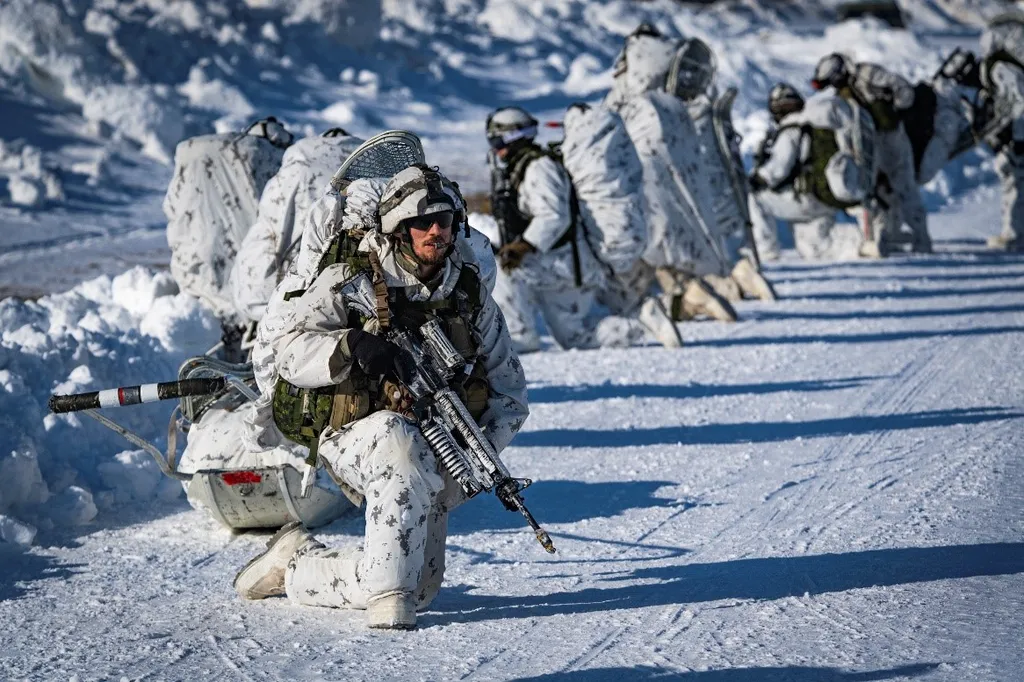In a groundbreaking move that merges Indigenous knowledge with cutting-edge military technology, a new Inuit-owned defence company, Sapujjijiit Inc., is poised to revolutionise Canada’s Arctic security operations. Based in Nunavut and translated as “defender” in Inuktitut, the company represents a bold step toward embedding local expertise into the defence sector, a shift that could redefine Canada’s strategic posture in the Far North.
Sapujjijiit, launched in partnership with Ottawa-based venture group ONE9, aims to bring manufacturing, research and development (R&D), and systems integration for drones, robotics, and cold-weather sensors directly into the Arctic. This initiative is not just about technological advancement; it’s about leveraging the unique insights of Inuit communities to enhance military capabilities in one of the world’s most challenging environments.
“By embedding Arctic field expertise into defence tech, we’re tapping a potent combination of local knowledge and emerging sovereign capability,” said a spokesperson for Sapujjijiit. The company has already begun preliminary contracts with southern defence firms, providing Arctic test infrastructure and logistics support—a clear indication of Indigenous businesses transitioning from support roles to direct systems supply.
This development aligns with Canada’s evolving Arctic defence strategy. The December 2024 Arctic Foreign Policy underscores the urgency of strengthening Canada’s presence in the region, emphasising surveillance, maritime domain awareness, and logistical readiness. “Canada must urgently strengthen our presence in the Arctic and northern regions,” the policy states, reflecting a growing recognition of the Arctic’s strategic importance.
Canada has already begun integrating Inuit firms into critical defence infrastructure. In 2022, a majority-Inuit company secured a contract to maintain the North Warning System radar chain across the Arctic, a move that combines sovereignty, defence readiness, and community economic benefit.
The collaboration between Sapujjijiit and Ottawa-based defence firms also underscores a broader trend in Arctic defence procurement. Canada and the US are advancing plans to modernise the North American Aerospace Defense Command (NORAD) early-warning system, investing billions in long-range radar, satellite monitoring, and over-the-horizon sensing to detect emerging threats in the Arctic.
Ottawa has also announced funding for new ice-capable patrol vessels and expanded operations at CFS Alert and the Nanisivik Naval Facility. These investments are designed to reinforce both surveillance and logistical capacity in a region increasingly contested by global powers.
Sapujjijiit’s emergence as a key player in Arctic defence technology signals a new era of Indigenous-led innovation in the defence sector. By combining traditional knowledge with advanced military technology, the company is not only enhancing Canada’s defence capabilities but also empowering local communities to take a leading role in shaping the future of Arctic security.
As Canada continues to prioritise its Arctic strategy, partnerships like Sapujjijiit’s could set a precedent for how Indigenous expertise is integrated into defence and security operations. This approach not only strengthens national defence but also fosters economic opportunities and self-determination for Inuit communities, creating a more resilient and sovereign Arctic presence.

